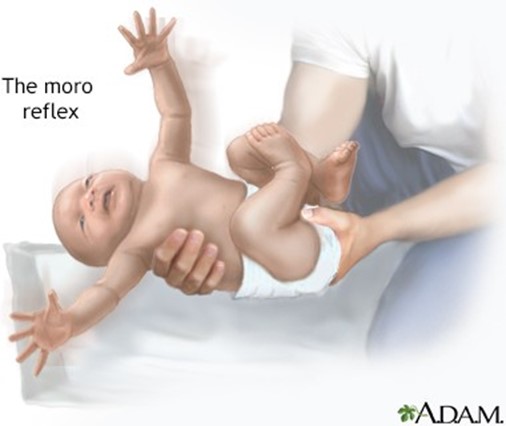The nurse is caring for an 18-hour-old newborn who has not voided for the first time yet. What is the nurse's priority action?
Notifying the provider immediately.
Pressing on the bladder to prevent urine retention.
Administering IV fluid.
Documenting and continuing monitoring.
The Correct Answer is D
Choice A rationale:
Notifying the provider immediately may be an appropriate action in certain urgent situations. However, for a newborn who has not voided for the first time yet, it is not an immediate emergency. The priority is to assess the newborn's condition further before notifying the provider.
Choice B rationale:
Pressing on the bladder to prevent urine retention is not a recommended action. Applying pressure on the newborn's bladder can be harmful and is not a standard nursing practice.
Choice C rationale:
Administering IV fluid is not the priority action for a newborn who has not voided. Newborns usually receive sufficient hydration from breastfeeding or formula feeding, and administering IV fluid without proper indication can lead to potential complications.
Choice D rationale:
Documenting and continuing monitoring is the correct priority action in this situation. Newborns often take some time to pass their first urine, and it is considered normal for them to have delayed voiding within the first 24 hours after birth. The nurse should document the absence of voiding and monitor the newborn for any signs of distress or abnormalities. If the newborn's condition worsens or if there are other concerning symptoms, then notifying the provider may be necessary.
Nursing Test Bank
Naxlex Comprehensive Predictor Exams
Related Questions
Correct Answer is ["A"]
Explanation
Choice A rationale:

The Moro reflex is a normal finding in newborns, including those born post-term. It is a primitive reflex that should be present and indicates a healthy neurological system.
Choice B rationale:
Vernix, a protective white substance that coats the skin in utero, is typically absent or minimal in post-term newborns due to its decreased production as gestation progresses. Therefore, it would not be expected in a post-term infant.
Choice C rationale:
Lanugo, the fine hair covering a newborn's body, is usually present in greater amounts in preterm infants. By the time a newborn is post-term, lanugo is typically sparse or absent, making it an unlikely finding.
Choice D rationale:
This maneuver assesses the flexibility of the newborn's joints. Post-term infants tend to have reduced flexibility and increased muscle tone, making this maneuver more difficult or restricted in this population.
Correct Answer is C
Explanation
Choice A rationale:
(Incorrect) The newborn with significant bruising from a face presentation is at an increased risk of elevated unconjugated bilirubin levels. Bruising can lead to the breakdown of red blood cells, increasing bilirubin production.
Choice B rationale:
(Incorrect) The premature newborn is at a higher risk of elevated unconjugated bilirubin levels. Premature infants often have an underdeveloped liver, which can lead to reduced bilirubin processing and clearance.
Choice C rationale:
(Correct) The baby born at 41 weeks' gestation is at the lowest risk for elevated unconjugated bilirubin levels. By this stage, the baby's liver is more mature, allowing for efficient processing and clearance of bilirubin.
Choice D rationale:
(Incorrect) The newborn with O+ blood type, born to a mother with O- blood type, is at an increased risk of elevated unconjugated bilirubin levels if the baby's blood type is Rh-positive and the mother's is Rh-negative. This situation can lead to Rh incompatibility and hemolytic disease of the newborn, causing higher bilirubin levels.
Whether you are a student looking to ace your exams or a practicing nurse seeking to enhance your expertise , our nursing education contents will empower you with the confidence and competence to make a difference in the lives of patients and become a respected leader in the healthcare field.
Visit Naxlex, invest in your future and unlock endless possibilities with our unparalleled nursing education contents today
Report Wrong Answer on the Current Question
Do you disagree with the answer? If yes, what is your expected answer? Explain.
Kindly be descriptive with the issue you are facing.
